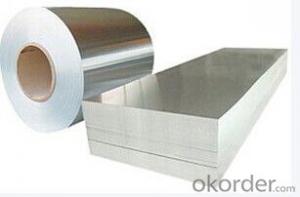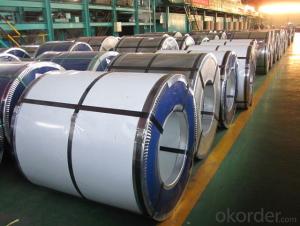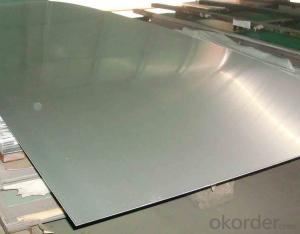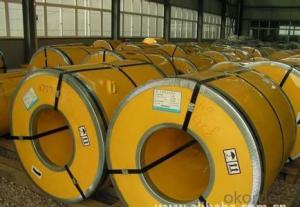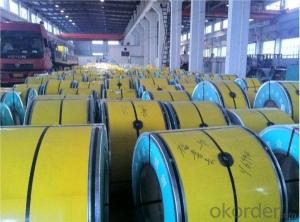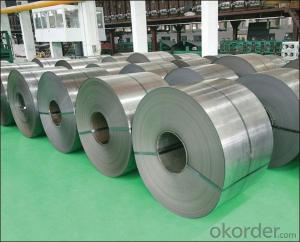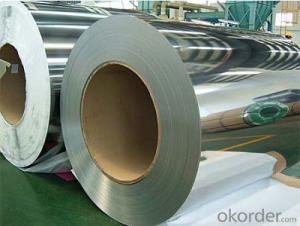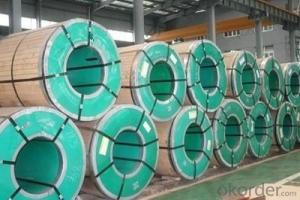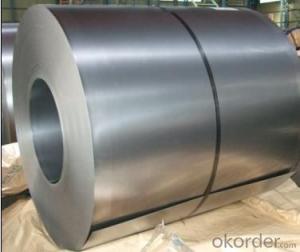16 Gauge Stainless Steel Sheet
16 Gauge Stainless Steel Sheet Related Searches
Best Paint For Stainless Steel Blanket Insulation For Steel Buildings Primer For Galvanized Steel Foam Filter For Stainless Steel H S Code For Stainless Steel Surface Grinding Wheels For Stainless Steel Surface Grinding Wheels For Hardened Steel Hole Saw For Stainless Steel Paint For Stainless Steel Stainless Steel For BbqHot Searches
Used Metal Folding Chairs For Sale Large Metal Containers For Sale Metal Shop Cabinets For Sale Metal Shipping Crates For Sale High Mast Light Price List Solar High Mast Light Specification Galvanized Steel Scrap Price Fiber Sheet Price In India Types Of Stainless Steel Grades High Mast Light Specification Stainless Steel Sheet Near Me Stainless Steel Type Type Stainless Steel Galvanized Steel Prices Stainless Steel Wholesale Stainless Steel Tubing Supplier Stainless Steel Supply Near Me Stainless Steel Supply Stainless Steel Sheets Near Me Scrap Stainless Steel Prices16 Gauge Stainless Steel Sheet Supplier & Manufacturer from China
Okorder.com is a professional 16 Gauge Stainless Steel Sheet supplier & manufacturer, offers integrated one-stop services including real-time quoting and online cargo tracking. We are funded by CNBM Group, a Fortune 500 enterprise and the largest 16 Gauge Stainless Steel Sheet firm in China.Hot Products
FAQ
- Yes, stainless steel strips can be coated or painted. Coating or painting stainless steel strips can provide a protective layer to prevent corrosion, enhance the appearance, or achieve a specific color or finish. There are various methods for coating or painting stainless steel, including powder coating, electroplating, and liquid paint. However, it is important to note that the surface of stainless steel must be properly prepared and cleaned before applying any coating or paint to ensure adhesion and long-term durability.
- Precision instruments can indeed utilize stainless steel strips. Due to its exceptional resistance to corrosion, durability, and high strength, stainless steel is a fitting material for a broad array of applications, including precision instruments. The precise dimensions of stainless steel strips can be manufactured, ensuring accuracy and consistency in the construction of these instruments. Furthermore, stainless steel strips possess good thermal conductivity and can endure extreme temperatures, which is crucial for precision instruments that may encounter diverse environmental conditions. Moreover, stainless steel is non-magnetic, making it an ideal choice for instruments that necessitate non-magnetic properties. All in all, stainless steel strips supply the necessary qualities required for precision instruments, rendering them a suitable selection across diverse industries such as medical, aerospace, and scientific research.
- Yes, stainless steel strips can be used in pharmaceutical storage. Stainless steel is a preferred material in the pharmaceutical industry due to its corrosion resistance, durability, and ease of cleaning. It is commonly used for shelves, racks, and other storage equipment as it helps maintain the cleanliness and integrity of the stored pharmaceutical products.
- Stainless steel strips can be manufactured with various types of edges, each serving a specific purpose and application. Some of the common types of edges for stainless steel strips include: 1. Mill Edge: This is the most common type of edge and is produced during the manufacturing process. It has a slightly rounded or curved edge, which is suitable for general applications. 2. Slit Edge: This edge is achieved by slitting the stainless steel strip into narrower widths. It is typically a straight edge, but it may have slight burrs or roughness. Slit edges are commonly used in industries where precision and tight tolerances are not critical. 3. Deburred Edge: To remove any burrs or roughness present on the slit edge, a deburring process is applied. This creates a smooth and rounded edge, ensuring safety and preventing damage during handling. 4. Rolled Edge: This edge is achieved by rolling the stainless steel strip, resulting in a smooth, rounded edge. Rolled edges are commonly used in applications where safety and aesthetics are important, such as in architectural and decorative applications. 5. Beveled Edge: A beveled edge refers to a sloping or angled cut made on the edge of the stainless steel strip. It is typically used in applications where welding or joining is required, as the bevel facilitates a better weld penetration and joint strength. 6. Sheared Edge: This type of edge is produced by shearing or cutting the stainless steel strip with a sharp blade. Sheared edges may have slight variations and irregularities but are suitable for applications where precision is not critical. 7. Custom Edges: Depending on specific requirements, stainless steel strips can be produced with custom edges. These edges are tailored to meet the unique needs of the application, such as special chamfers, grooves, or profiles. It is important to consider the intended use and requirements of the stainless steel strip when selecting the appropriate type of edge. The choice of edge can impact the strip's functionality, appearance, and compatibility with different manufacturing processes.
- Stainless steel strips are commonly used in the chemical filtration industry for various purposes such as structural support in filter systems, as filtration media for removing impurities from liquids or gases, as components in filter elements, and as screens or sieves for separating particles of different sizes. Their corrosion resistance, durability, and high temperature resistance make them ideal for handling corrosive chemicals and maintaining the efficiency of filtration processes in the industry.
- Indeed, automotive trim applications benefit greatly from the use of stainless steel strips. Renowned for its robustness, resistance to corrosion, and pleasing aesthetic, stainless steel proves to be an exceptional option for enhancing automotive trim. Withstanding the harshest weather elements, chemical exposure, and impacts, stainless steel guarantees long-lasting performance. Moreover, its sleek and refined appearance elevates the vehicle's overall aesthetic appeal. Not to mention, stainless steel strips require minimal effort to maintain and keep clean, making them a highly practical choice for automotive trim applications.
- Does the 301 stainless steel band contain magnetism?
- No magnetism. Related to stainless steel information, you can pay attention to "I want stainless steel" website, I usually look at it above, registered members can also see relevant member information. You can pay attention to it!
- Yes, stainless steel strips can be used in medical equipment. Stainless steel is commonly used in the medical industry due to its excellent corrosion resistance, strength, and durability. It is highly resistant to rust and can withstand harsh sterilization processes, making it a suitable material for medical devices and equipment. Stainless steel strips can be used in various applications such as surgical instruments, implants, catheters, orthopedic devices, and diagnostic equipment. The smooth surface of stainless steel also makes it easy to clean and maintain, ensuring the highest level of hygiene in medical settings.

















